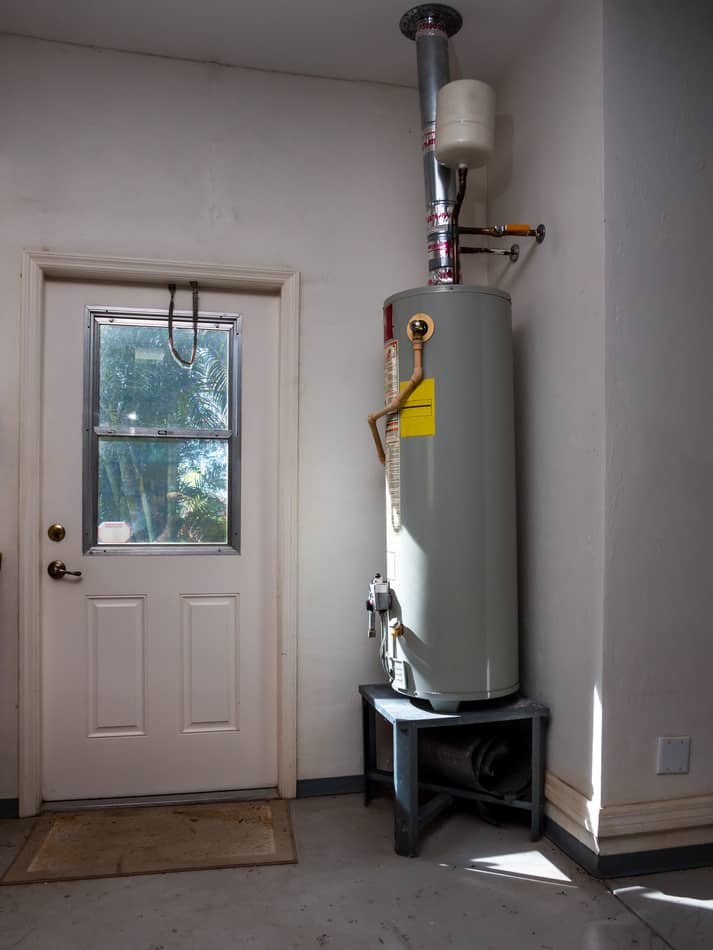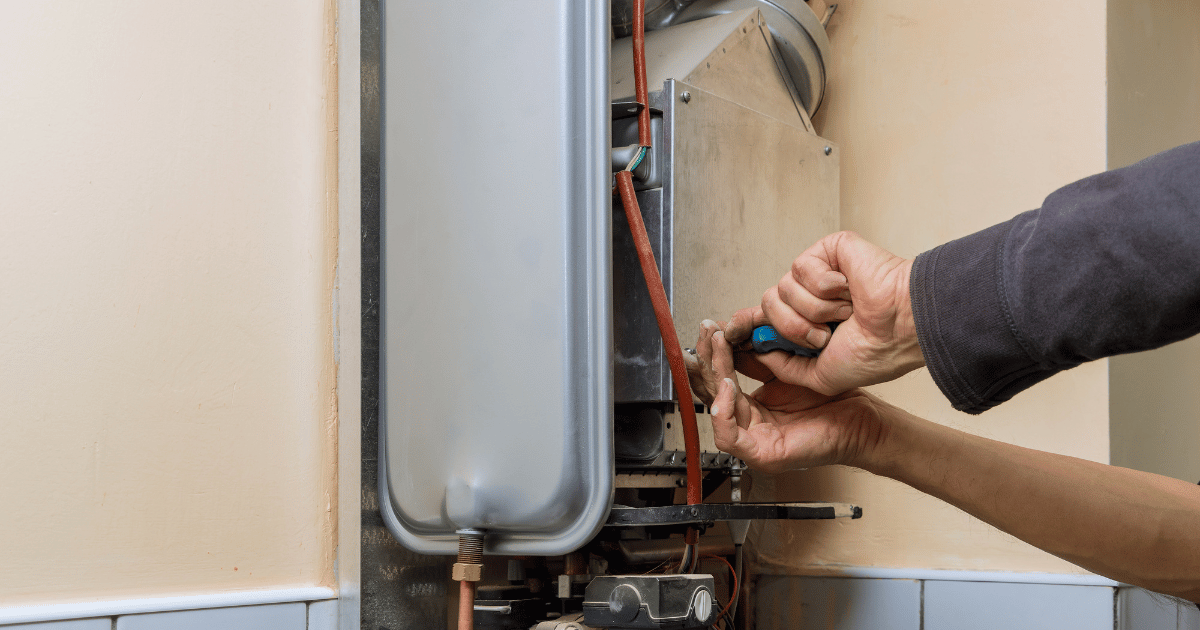Ensuring Longevity of Your Home's Hot Water System: Maintenance TipsSteps on How to Care for Your Home's Hot Water System Effectively
Ensuring Longevity of Your Home's Hot Water System: Maintenance TipsSteps on How to Care for Your Home's Hot Water System Effectively
Blog Article
Each person will have their own individual way of thinking on the subject of How to Maintain Your Water Heater & Prolong its Life.

Warm water is crucial for day-to-day convenience, whether it's for a revitalizing shower or cleaning recipes. To guarantee your warm water system runs successfully and lasts much longer, normal maintenance is crucial. This write-up provides sensible ideas and understandings on how to maintain your home's hot water system to prevent interruptions and pricey fixings.
Intro
Maintaining your home's hot water system might seem difficult, however with a couple of basic actions, you can guarantee it runs efficiently for many years to find. This overview covers every little thing from understanding your hot water system to DIY maintenance suggestions and knowing when to hire expert assistance.
Significance of Maintaining Your Warm Water System
Regular maintenance not just extends the life-span of your warm water system but also guarantees it operates efficiently. Neglecting upkeep can bring about lowered effectiveness, greater energy bills, and even premature failure of the system.
Signs Your Hot Water System Requirements Maintenance
Knowing when your hot water system requires interest can protect against significant problems. Watch out for signs such as inconsistent water temperature level, weird sounds from the heating unit, or rusty water.
Recognizing Your Hot Water System
Prior to diving right into maintenance tasks, it's handy to recognize the fundamental elements of your warm water system. Generally, this consists of the water heater itself, pipelines, anode rods, and temperature level controls.
Regular Monthly Maintenance Tasks
Routine regular monthly checks can assist catch small problems before they rise.
Flushing the Water Heater
Purging your water heater gets rid of sediment build-up, improving performance and prolonging its life.
Monitoring and Replacing Anode Rods
Anode poles stop rust inside the tank. Examining and changing them when worn is essential.
Evaluating and Changing Temperature Setups
Adjusting the temperature level settings makes certain ideal performance and security.
DIY Tips for Upkeep
You can perform numerous maintenance jobs yourself to maintain your hot water system in leading condition.
Looking for Leaks
On a regular basis inspect pipelines and connections for leakages, as these can lead to water damages and higher expenses.
Testing Pressure Relief Valves
Checking the stress relief valve ensures it works appropriately and prevents extreme stress build-up.
Insulating Pipelines
Insulating warm water pipes decreases warmth loss and can save power.
When to Call an Expert
While do it yourself upkeep is beneficial, some issues need specialist knowledge.
Facility Issues Needing Specialist Help
Examples include significant leakages, electrical issues, or if your hot water heater is constantly underperforming.
Regular Professional Upkeep Advantages
Expert upkeep can include extensive assessments, tune-ups, and making sure conformity with safety requirements.
Verdict
Normal maintenance of your home's hot water system is necessary for performance, longevity, and price financial savings. By following these ideas and recognizing when to seek professional help, you can make sure a trustworthy supply of warm water without unexpected disruptions.
How to Maintain an Instant Hot Water Heater
Before tinkering with your hot water heater, make sure that it’s not powered on. You also have to turn off the main circuit breaker and shut off the main gas line to prevent accidents. Also turn off the water valves connected to your unit to prevent water from flowing into and out of the appliance. 2. When you’re done, you have to detach the purge valves’ caps. These look like the letter “T” and are situated on either side of the water valves. Doing so will release any pressure that has accumulated inside the valves while at the same time avoid hot water from shooting out and burning your skin. 3. When the purge valves’ caps are removed, you have to connect your hosing lines to the valves. Your unit should have come with three hoses but if it didn’t, you can purchase these things from any hardware or home repair shops. You can also get them from retail stores that sell water heating systems. Read the user’s manual and follow it to complete this task properly. When the hosing lines are connected, open the purge port’s valves. 4. You should never use harsh chemical cleaners or solutions when cleaning your unit. Make use of white vinegar instead. It should be undiluted and you’ll probably use about 2 gallons. 5. Now flush your water heater. This task should probably take about 40 minutes. We can’t give you specific directions for this because the procedure is carried out depending on the type, model and brand of your heater. With that being said, refer to the user’s manual. 6. When you’re done draining the unit, you have to turn off the purge port valves again. Remove the hosing lines that you earlier installed on each of the water valves. Put the valve caps (purge port) back in their respective places and be very careful so as not to damage the rubber discs that are found inside these caps. 7. Now that everything’s back in place, check your user’s manual again to find out how to reactivate your water heating system. 8. Once it is working, turn one of your hot water faucets on just to let air pass through the heater’s water supply pipes. Leave the tap on until water flows smoothly out of it. https://www.orrplumbing.com/blog/2014/september/how-to-maintain-an-instant-hot-water-heater/

Hopefully you enjoyed our part about Tips For Maintaining Your Hot Water Heater. Thanks a lot for taking time to browse our piece of content. Remember to take the time to promote this blog posting if you liked it. We value your readership.
Click Here Report this page